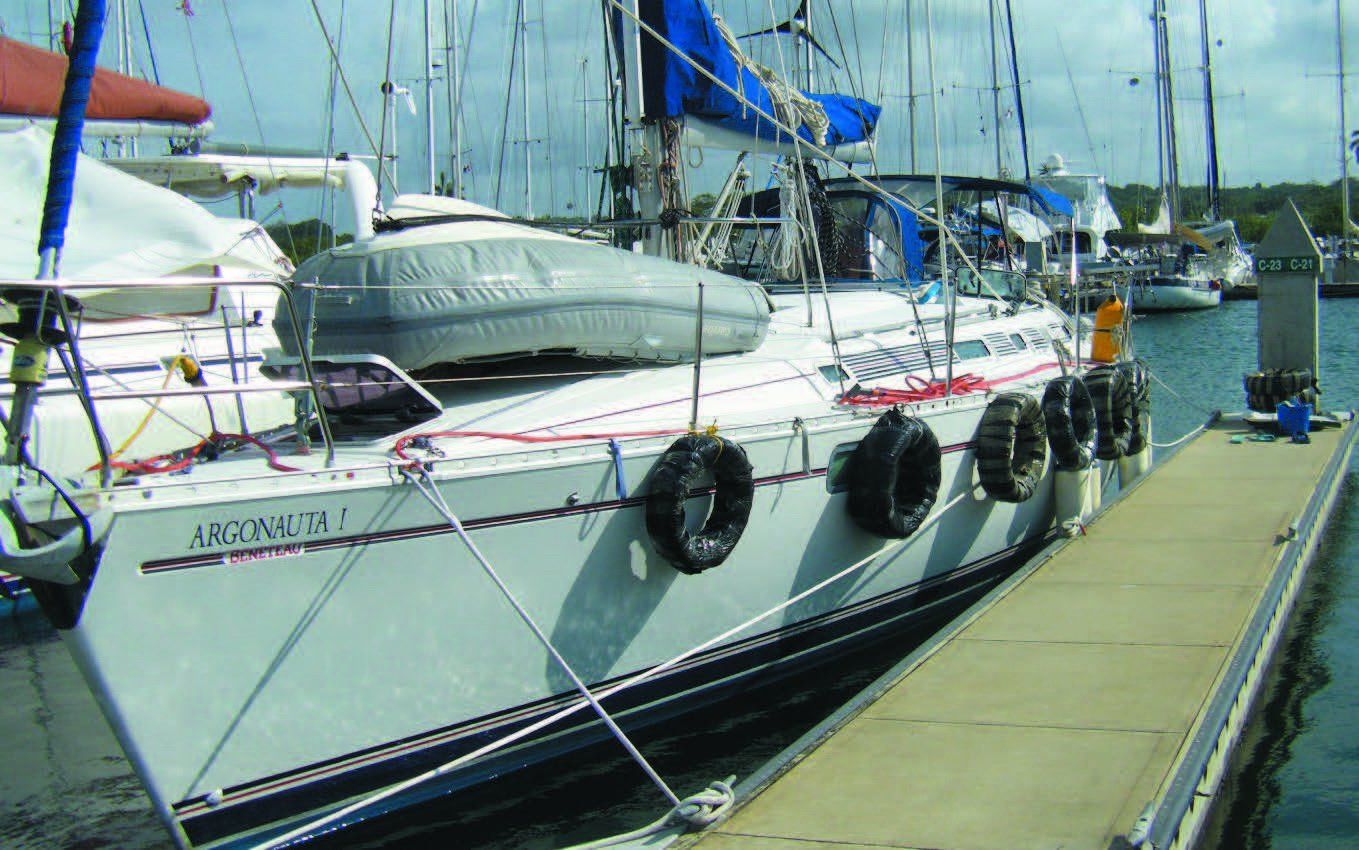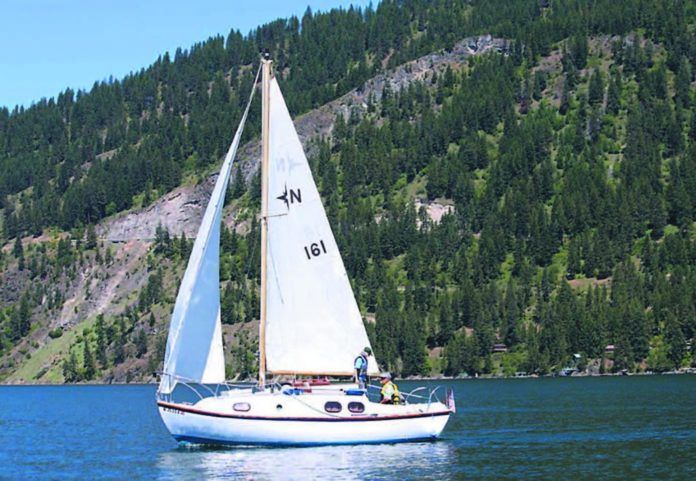Pocket Cruisers
Regarding your recent Rhum Lines column regarding pocket cruisers (see Four Types of Pocket Cruisers, April 2019): Our boat, Quaker Lady, is at home in Bayview, Idaho, at the southern end of Lake Pend Oreille. I bought her in Seattle in 1985, and she came out of the Westerly Yard in 1965. Built for the English Channel, Irish and North Seas, she’s solid fiberglass and has a one-lung Volvo auxiliary.
You can see her layout (see Westerly Nomad 22 online) that the design is straightforward-no side decks, small volume cockpit with a bridge deck, easily single-handed. Like many, many, smaller English boats that moor economically in their tidal harbors, she comes down flat on cast iron bilge keels and a center skeg, drawing only 23. I love her seaworthiness, interior comfort, and her somewhat eccentric lines.
Henry York Steiner
Quaker Lady, Westerly Nomad 22
Bayview, Idaho
Weve always been fascinated by the bilge-keelers ability to stand upright as the tide recedes, or in your case, the Army Corp of Engineers decides to open the Albeni Falls Dam. The design is particularly handy in the tidal estuaries of Hampshire, England, where the Nomad originates and the tidal range can exceed 15 feet.
Classic Coronado
I would put my former sailboat, a 26-foot Coronado in the pocket cruiser mix. Back in the 1980s I used to cruise mine out of Long Beach, California to all points along the US west coast and down into Mexico and it could handle most anything thrown at us.
However, I currently have a 25 Balboa (Laguna), that I sail on Lake Tahoe, and though its a quick little boat with nice amenities for trailerable boat, I would not think of taking it outside of San Francisco Bay, because it is simply to light and does not shed water well enough.
Jeffrey Huelsman
Laguna Balboa 25
Lake Tahoe, CA
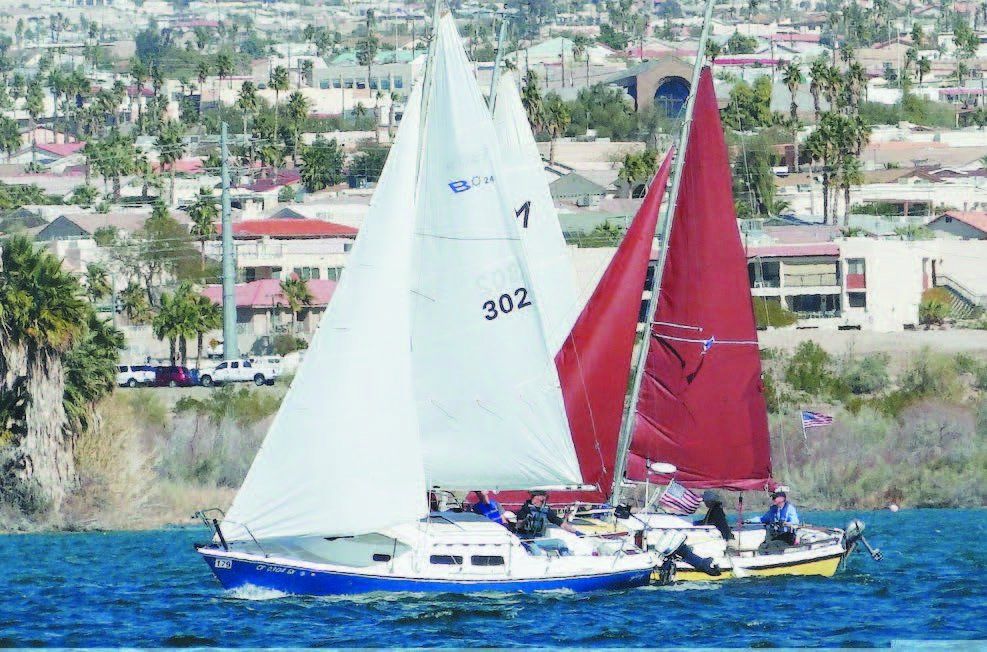
Nav Lights Need Brighter Bulbs
As noted in the article Coast Guard Nav Light Safety Alert (see PS April 2016), the slight difference in required minimum light intensity (60 percent versus 50 percent) beyond the region above and below 5 degrees above and below horizontal does not pose a commensurate safety concern. This appears to be the main difference between power and sail. More importantly, the article misses an opportunity to note that the mileage visibility requirements are the minimum acceptable, and that in this age of greatly increased lighted traffic both at sea, on soundings, and along the shore, brighter bulbs, such as LED, that still meet the angular requirements and don’t interfere with the helmsmans visibility, can provide an increased margin of safety.
Gene Porter
Willsboro Bay, NY
True North, Vintage Lyman utility
A rough but simple test for existing masthead lights is to observe how close to your boat the light remains bright. If the masthead is 50 feet above your eye (about 58 feet if you are standing on a dock), the light should be bright at 100 feet, before fading as you approach more closely. A light with a 7.5 degree angle will begin to fade at 380 feet. This does not prove the angle above the masthead is the same. Another common problem concerns bow lights mounted in non-vertical topsides. Frequently they are angled considerably downwards.
Navigation Lights
Regarding your recent report on navigation light visibility problems, some of this is so preventable, but not without consensus and willpower. While the US Coast Guard may be the ones wagging the you may not be in compliance flag, the larger issue is that COLREGS are a collaboration between nations – all of which move slowly to correct mistakes and even more slowly to keep pace with technology. A simple fix would be to make sure that there is one standard regardless of power or sail. It appears that (for the most part) the sailboat standard is the more rigid. Taken further, if 50% is okay for sailboats and 60% is okay for powerboats (although the angle wedge is different, making the standard 60% for both would resolve the issue – especially if the angle is also widened to accommodate the more rigid standard.
Sadly again, since its a collaboration of nations, even if they jumped on the technology bandwagon today, by the time it gets around to being approved and published, it will be a decade or two past todays technology and would need a couple more decades to catch up with the then technology which will exist when new standards are published. I, for one, would be very interested to know how many collisions occurred where the current light scheme – misinstalled – was the primary contributor to the incident. I suspect no one has that number handy.
William Huesmann
Morning Star, Dana 24
Gulf Shores, AL
Marking Chain
During our first three seasons of Caribbean cruising we tried the methods of chain (see PS April 2019) marking mentioned by the author. The paint wore off quickly, the cable ties were hard to see and soon broke off, and the cute little press-into-the-link markers disappeared. Someone tipped me off about to marking chain with polypropylene line woven into the links. A short (12 inch) length of yellow poly for 25 ft, a medium length of yellow poly for 50 ft, and a long (24 inch) length of yellow poly for 75 feet. At 100 feet we wove in a short length of blue poly. For each additional 25 feet we combined blue poly plus yellow poly of appropriate lengths. At 200 feet we wove in a longer length of blue poly and so on. Harder to describe than to actually implement. Colors were based on what we had aboard, but the two-color, multi-length marking made it easy to tell in marginal light conditions how much chain had gone into the water or had been recovered. The poly passed freely through the windlass and down the hawse hole. It stayed woven through the chain for years. A couple inches on the end of each length would pop out, but if it bothered me, it was easy to tuck back in. It is effective and inexpensive. For 3-strand, which we use only occasionally, we found that appropriately colored and marked flags of surveyor tape woven through the strands worked very satisfactorily to indicate rode length.
Dan Billingsley
Chill, Beneteau 473
Annapolis, MD
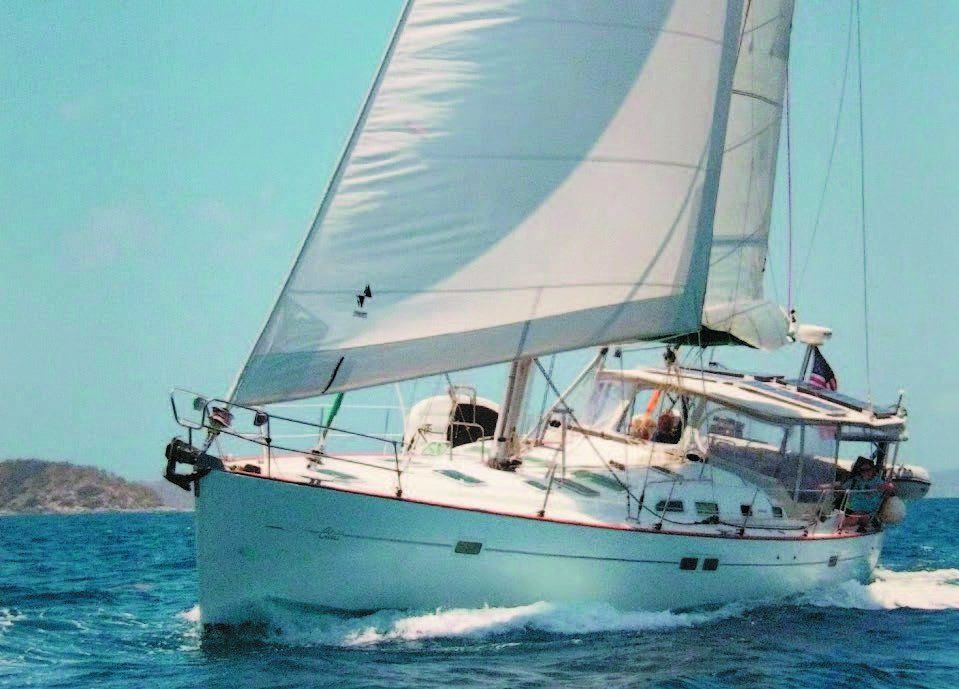
Dehumidifiers and Wood Boats
Regarding your report Can Dehumidifiers and Wood Boats Mix? (PS Advisor, February 2017) If you are dealing with colder temperatures you want to use a desiccan’t type dehumidifier, not a compressor-driven one. Compressor types are considerably more effective at higher temperatures, but the desiccan’t types will keep functioning down to near freezing, while the compressor types become much less effective below 50-degree F. In the Pacific Northwest we see swings from well below freezing to well above in just a few hours, and the condensation issues can be considerable. Ive installed a good adjustable dehumidifier with a fan and a hose that drains to the outside. It makes a world of difference in a boat that is often shut up over the winter.
Ronald Russell
via email
Nikon vs. fujinon
Regarding your test of image stabilized binoculars (PS November 2007), I have the Nikons and agree with most of the article. The Land/Sea button on the Nikons is pretty pointless for marine use. My only disagreement with this article is I have lived aboard for a year now with these binoculars, I also have a good pair of 7×50 on board and I have only tried using them twice, both times I was horrified by how shaky the image was and went straight back to the Nikons. You can never go back to unstabilized and half the magnification after you have got used to good binoculars. No other guests onboard have ever used the 7x50s either (except for one older chap who couldn’t cope with pressing the on/off switch on the Nikon). And in poor light in reality the Nikons are still far superior, yes slightly dimmer than 7×50 but much clearer due to higher magnification and rock solid image.
Jeremy Gassman
Right Turn, Bowman 42
Portsmouth, NH
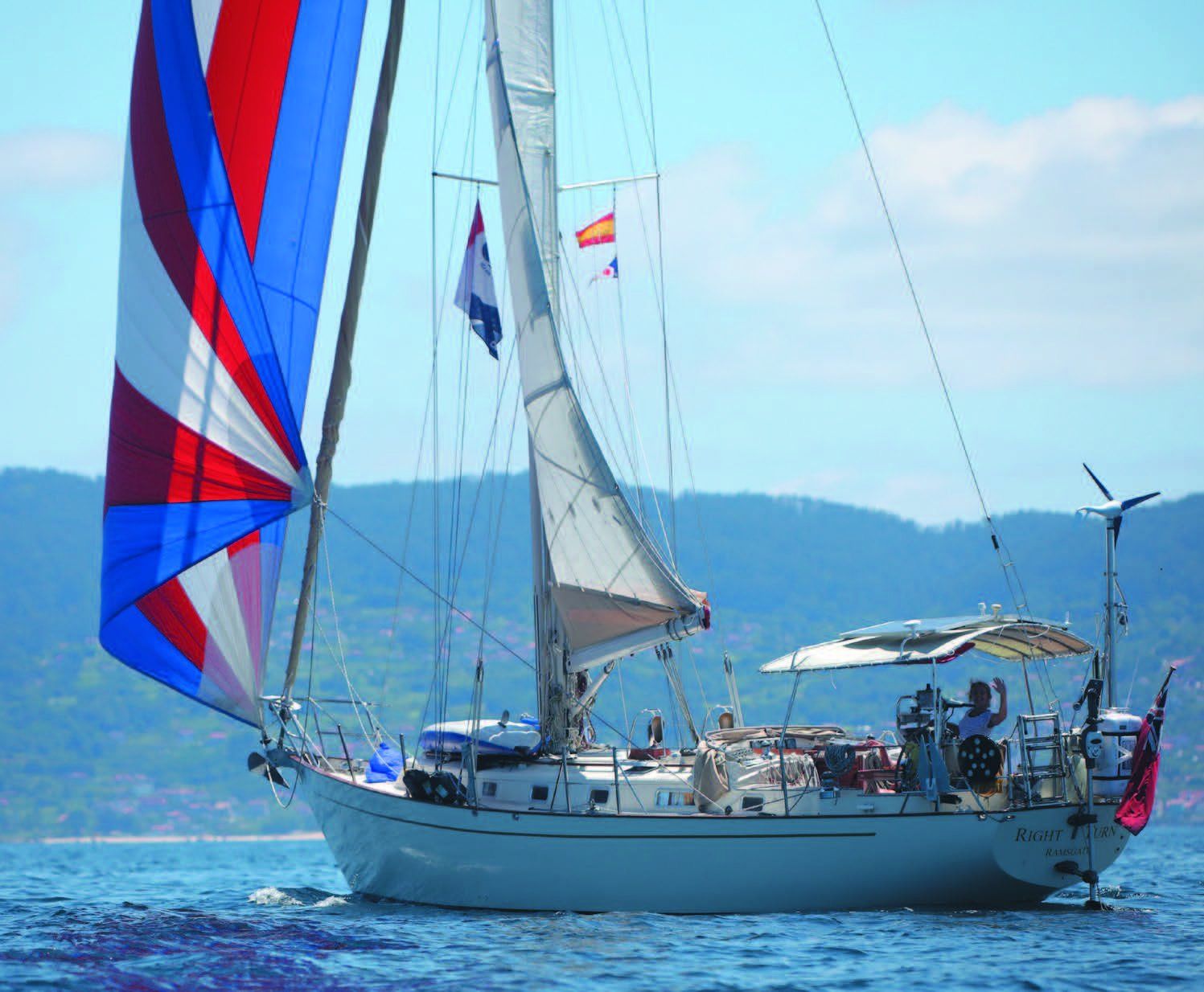
LPG Safety Switch
Regarding your Inside Practical Sailor blog report LPG Fireplace Safety Guidelines, the American Boat and Yacht Council requires that there be a solenoid valve on the propane with a manual switch located in an appropriate location inside the cabin. ABYC also requires that there be propane sensors. ABYC does not require that they be linked together as indicated in this article. Personally, I think that it is a good idea to have a system where the propane sensor automatically shut off the propane solenoid.
Wes Herdman
pNeuma-J, J105
Ladysmith, British Columbia
Good catch. The sensor-to-shut-off link is not an ABYC requirement.
Fan for LPG Heaters
My 1983 Catalina 36 had a Dickison Propane heater, is much like the one featured in your recent Inside Practical Sailor blog post LPG Fireplace Safety Guidelines. I added a computer muffin fan behind the flue as it left the stainless back of the stove. These fans can be very quiet and run on 12-volt. This takes flu temp way down and really improves heat distribution. It is oriented in a diamond shape and held in place with a pair of #6 fender washers to capture the stainless back at the bottom of the fan, and a single wood screw with a 1-inch standoff secures the top. I wired the fan to come on when ever the propane switch is on. On deck, I also added an exhaust guard to keep the sheets from catching in the multi layered exhaust hood. I also added a propane alarm. In addition to running rigging, our stowed inflatable dinghy sits very close to the chimney. Although the chimney is cooler, we still have to be remember to move it so the chimney wont punch 5-inch holes in the dinghy.
Leslie Troyer
Mahalo, Catalina 36 Mk1
Everett, WA
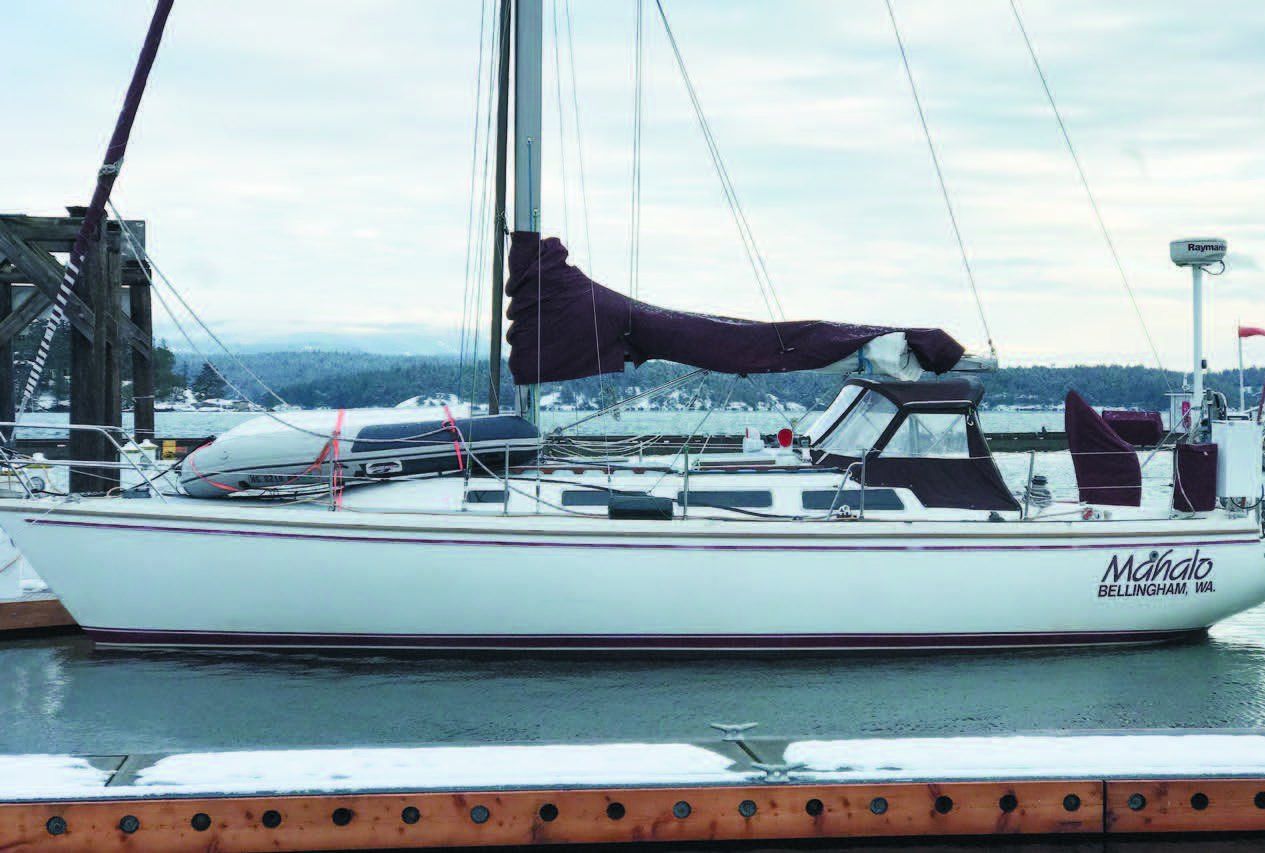
Leaving a Boat Abroad
Regarding the recent PS Advisor on leaving a boat abroad (PS Advisor, April and May 2019). The articles offer great advice but are not always possible in a developing country. That is when one needs to supervise, monitor, and even engineer the operation. Either that or cancel out and settle for an in-water solution. To wit, our experience in Punta Arenas, Costa Rica: Haul out slip dries at 1/4 tide, only 9-feet depth at high tide. Travel lift is too small to handle a beam of 12 feet. Lift capability is about 25 tons. Our boat is a Beneteau 440. We needed wooden blocks to spread the slings so they did not take out stanchions.
Once lifted, max height provided about three or four inches ground clearance. Props? Wooden posts with five-ply pads. They survived a major storm. We splashed without damage, but only with bit of luck here and there! Travelift blew a tire while splashing the next yacht with predicable results: the yacht became a free standing paper weight!
Oh yes, our 45-pound CQR was stolen. We had two spare 33-pound Bruces but the yard kindly provided a free replacement; a 44-pound Delta which we got rid of as soon as we could get another 45-pound CQR. Very much a do-it-yourself operation. We had lots of experience during our circumnavigation so we were able to make it work. Still, I almost aborted when we had trouble finding blocks that were big enough to spread the travel lift slings,
Hugh Bacon
Beneteau 440, Argonauta
Ottawa, CA
